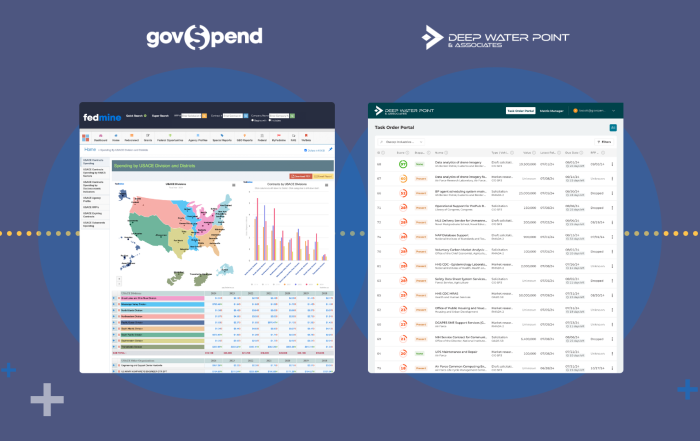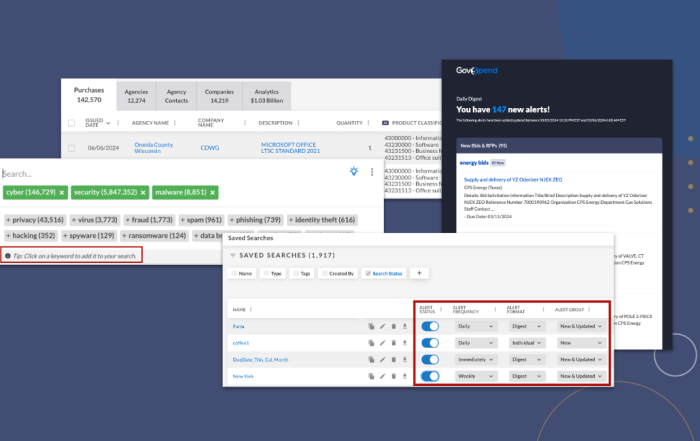
There are a few different types of government contracts and the difference comes into play when you are creating your bid. They will also dictate how both parties will proceed when the contract is won.
So what are the different types of government contracts?
Fixed-Price Contracts are used by all federal agencies and generally provide a firm price. Under a fixed-price contract, the contractor agrees to deliver the product or service required at a price no in excess of the agreed-to maximum. These are suited for low-risk contracts, such as for follow-on production.
Cost-Reimbursement and Cost-Plus contracts is a type of contract where a contractor is paid for all of its allowed expenses up to a set limit, plus additional payment to allow the company to make a profit. These types of contracts may be used only when uncertainties involved in the contract performance do not permit costs to be estimated with sufficient accuracy to use any type of fixed-price contract.
Time-and-Materials Contracts are a hybrid of fixed-price and cost-reimbursement contracts. These are rare because they shift a lot of the risk onto the side of the government. T&M contracts allow government purchasing officials to buy supplies or services on the basis of 1) direct labor hours at a specified hourly rates that include wages, overhead, profit and general and administrative expenses 2) actual material costs. These contracts are only used when it’s not possible to accurately estimate the extent or duration of the work.
Indefinite Delivery/Indefinite Quantity contracts are used on both a fixed-price and cost reimbursement basis. An IDIQ contract provides for an indefinite quantity of a product or service, with stated limits, during a fixed period. This type of contract requires the government to order at least a stated minimum quantity of supplies or services. The contracting officer decides a reasonable maximum quantity for the total contract. These are often multiple-award contracts. This allows the government to select a group of vendors and then ask that group to bid against one another to complete each separate task, giving the government a competitive price for each task without initiating a new contract competition for each one.
Sealed Bidding is characterized by a rigid adherence to formal procedures in the bidding and selection process. These provide all bidders an opportunity to compete for the contract on equal footing. In a sealed bidding acquisition, the agency must award to the responsible bidder who submits the lowest responsive bid.
Negotiated Contracts is any not sealed bidding procurement that is above the simplified acquisition threshold. Contracting by negotiation allows more flexibility in awarding the contract. The Contracting Office(CO) may engage in discussions with offerors and, in evaluating proposals, he or she may also consider non-cost factors (managerial experience, technical approach, and/or past performance).
Simplified Acquisition Contracts Threshold applies to purchases over $3,000 and under $150,000. If the purchase is under $100,000 it requires less approval and less documentation involved in the purchase. This type of contract is a vital solution to becoming successful in the federal marketplace for small businesses looking to compete in the no bid-contracting arena.




